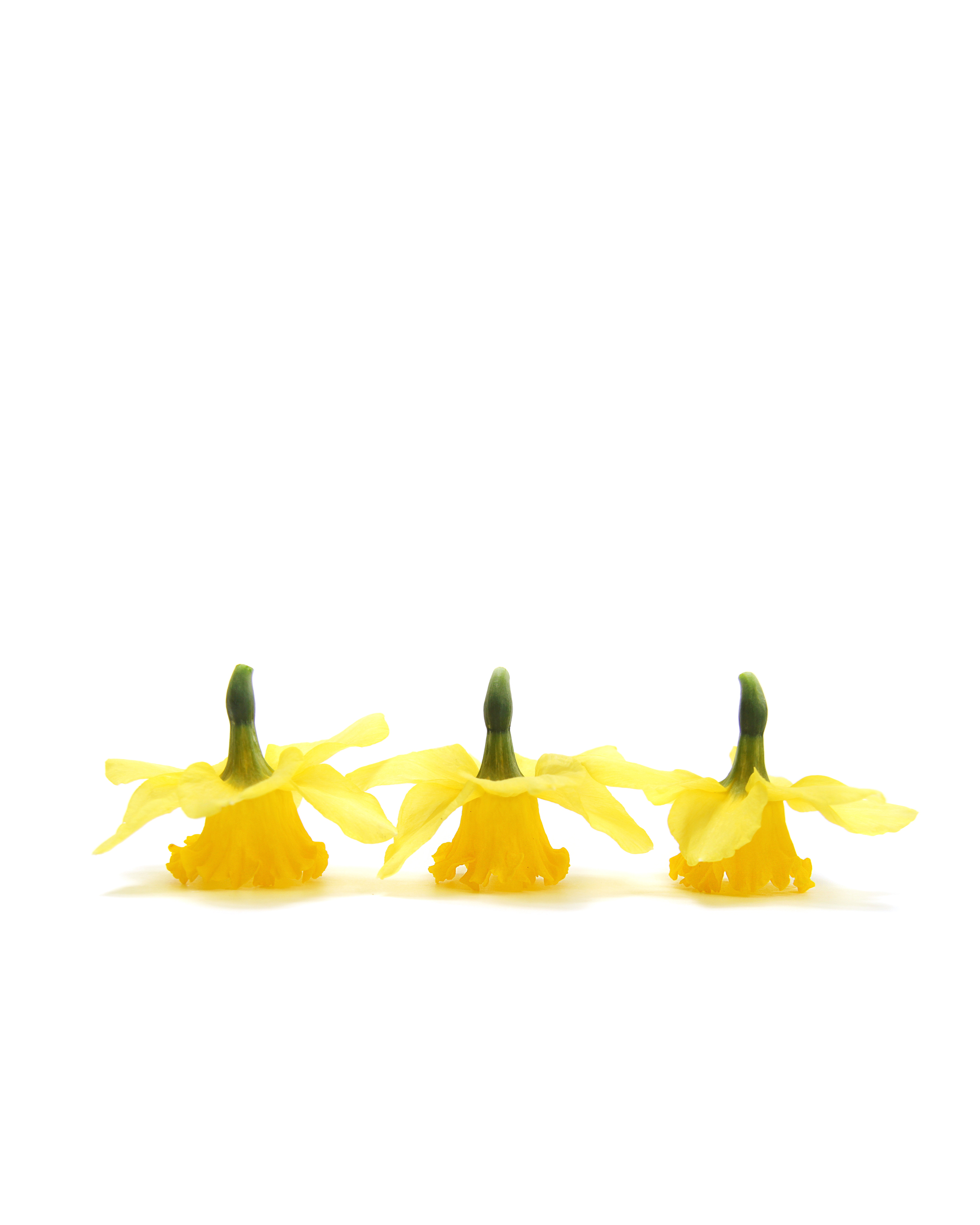
an upside down spring
it’s been an upside down month. we started with temps in the high 80s, and are ending with nighttime temps still below freezing. i am ready to move on. let’s let these three daffodil yellow ballerinas dance us out of april and into may, shall we?
daffodils (Narcissus)
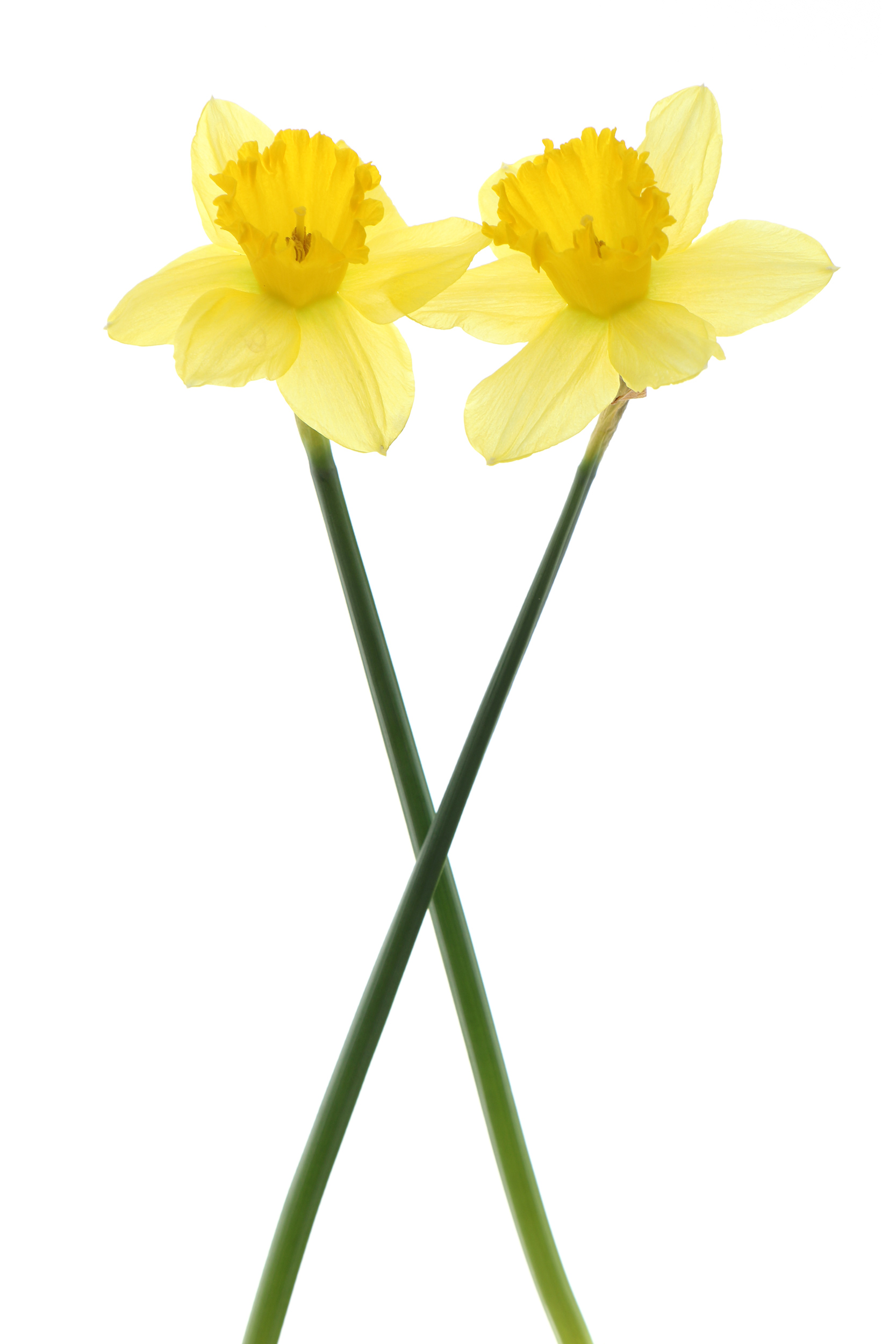
happiness on a stick
writer anne lamott likes to joke about the giant yellow schnozes of daffodils. how can we not smile, she asks, when we look at the daffodils with their ridiculous giant schnozes? i agree. daffodils make me smile. the snow is long gone, but the leaves have not yet leafed out. the land is still the duff color of fallen leaves. and yet here and there, these enormous yellow schnozes are reminding us that the sun is getting brighter every day and an explosion of color is near.
daffodils (Narcissus)
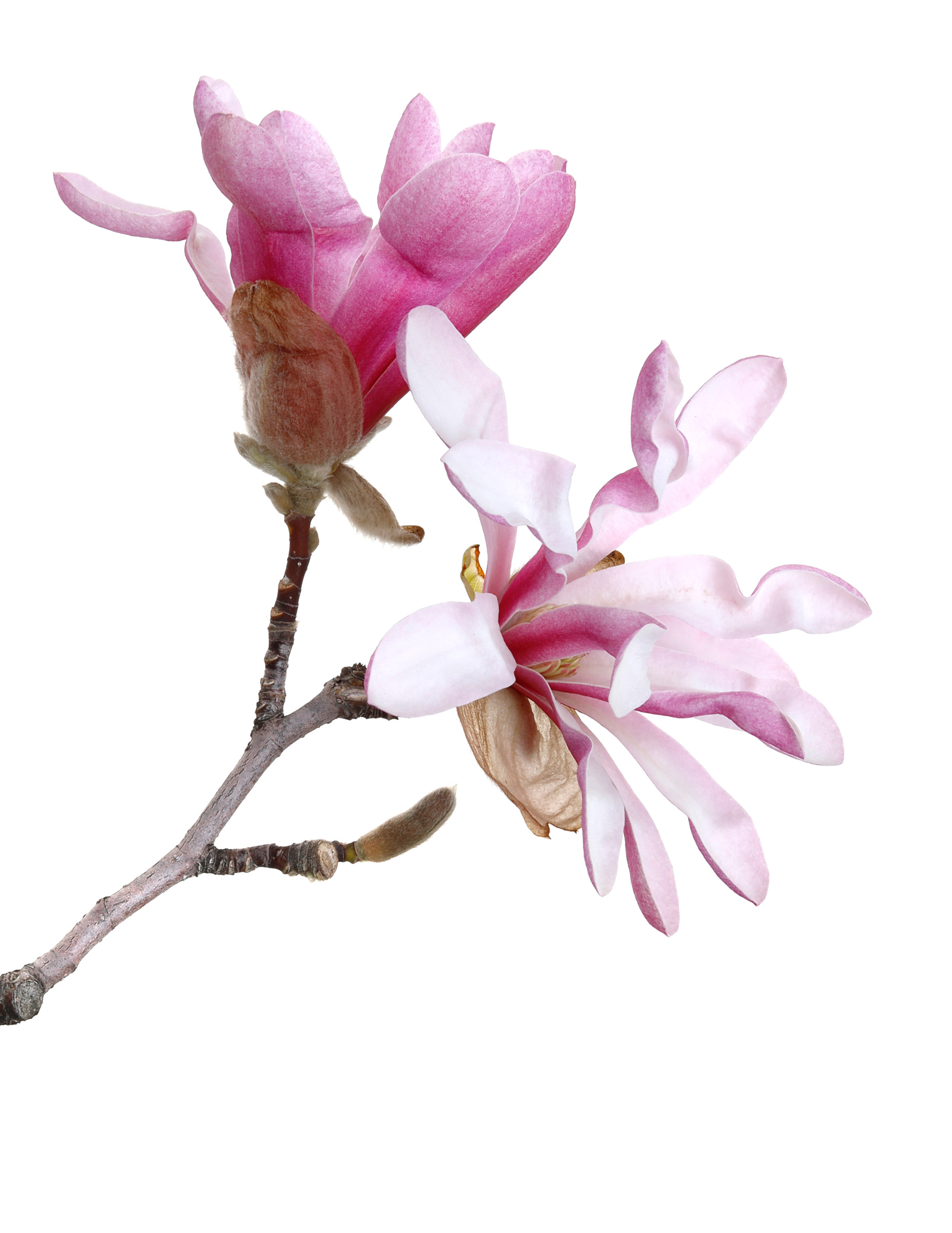
ancient flowers
one more magnolia photo for you, because i wanted to share with you this comment on i got on instagram. i had no idea how ancient magnolias are. i loved them already, but now i love them even more:
“The magnolia family, Magnoliaceae, is one of the most primitive of all living angiosperms (seed-bearing plants) dating back beyond 95 million to about 130 million years ago (Evolution and Classification of Flowering Plants, Cronquist 1988). Magnolia fossils have been dated to between 36 and 58 million years, making this one of the oldest angiosperms still living. The magnolia has been dated to this age because it exhibits primitive characteristics, all of which involve its reproductive (flowering and fruiting) system. The fossil records provide evidence that the primitive blooms of magnolia have changed little since their ancient beginnings. One characteristic of primitive plants is the magnolia flower. The large, saucer-shaped fragrant blooms have petals that are fused with other flower parts to form thick, showy structures called tepals….”
pink magnolia blossoms
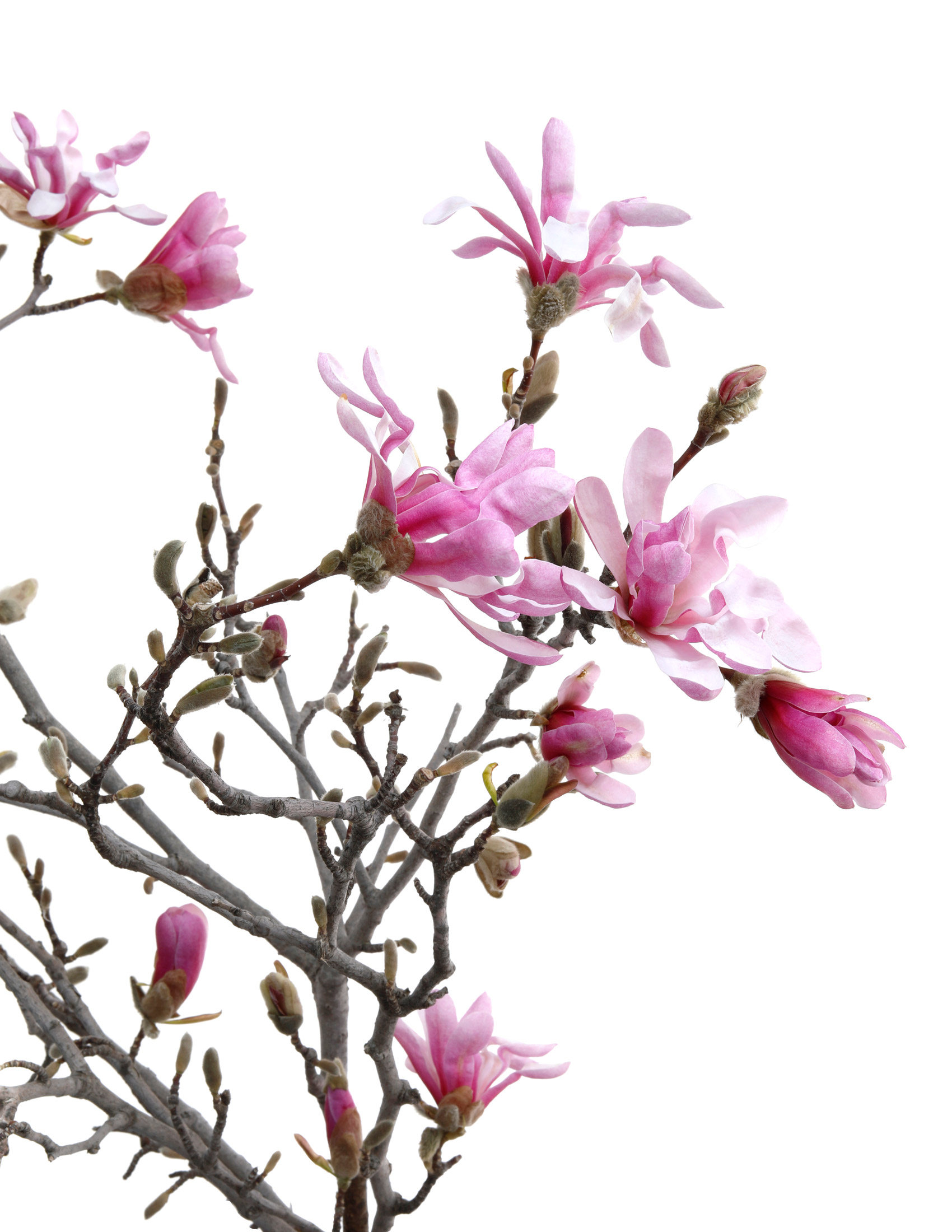
more magnolias and more books, please
what more is there to say about magnolias? when they are in bloom, they simply steal the show. it’s almost as if everything else halts to take in the spectacle.
since i have nothing more to say about magnolias, i will recommend two books i am reading right now: rick rubin’s the creative act: a way of being. if you like reading books bout the creative process, this one is a must read. it’s an instant classic. it may actually pop right to the top of this list of all time great books on creativity, sitting shoulder to shoulder with julia cameron’s the artist way. the two books are too different to say one is better than the other. but, i am confident, they will henceforth come to be known as the best of the best.
the other book i am reading is called your brain on art: how the arts transform us by magsamen and ross. it’s a thorough look at what we are just now learning, through breakthroughs in neuroscience, about how the arts affect us physically and mentally. it sites a lot of research and scientific literature, so if that is not your thing, then you can skip this one. the overall gist is that hard science can now demonstrate that the arts have a measurable effect on our well being, our cognitive health into old age, healing, and more.
pink magnolia blossoms
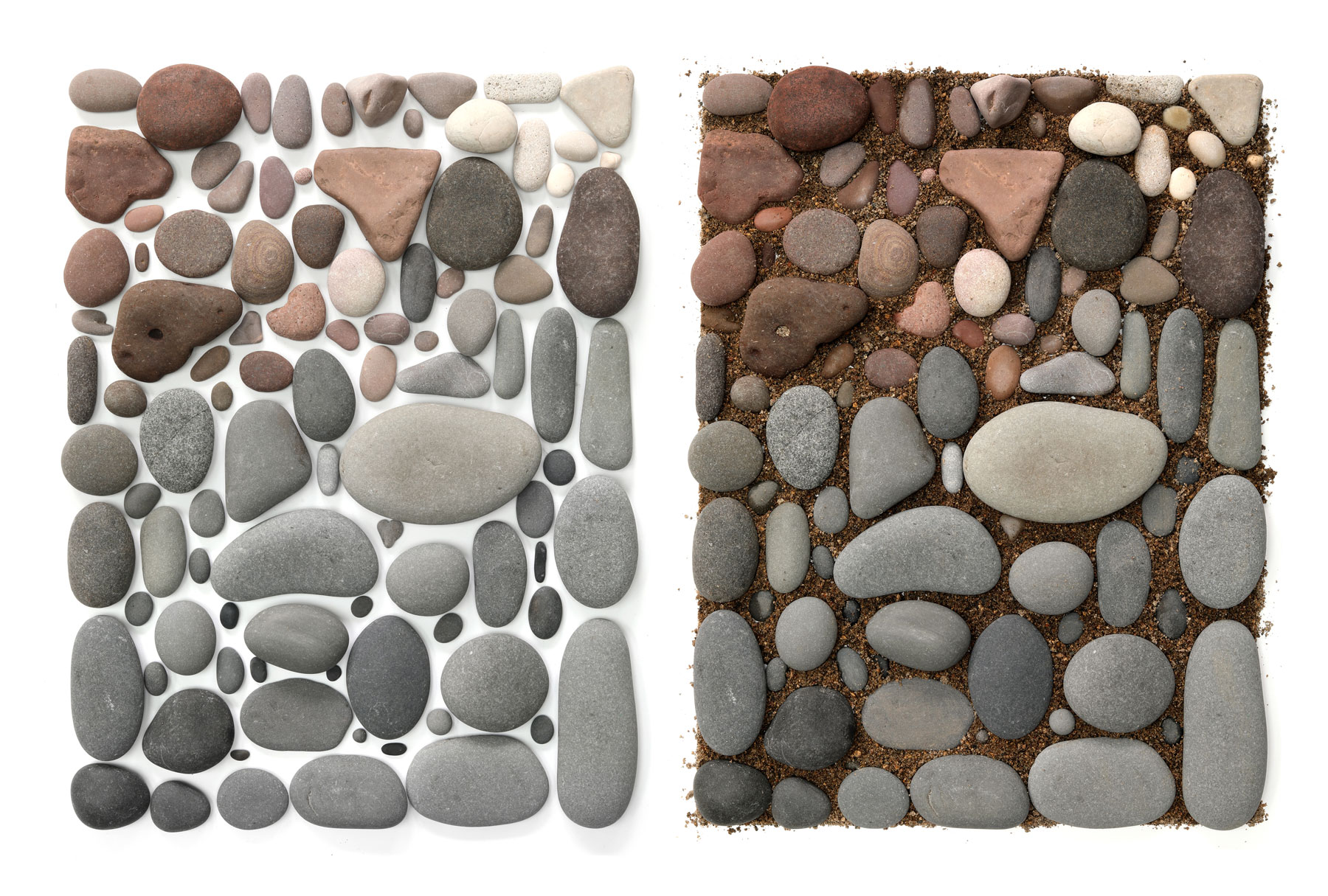
with and without
i made a mess on my kitchen floor with this one. i’ll be walking on sandy grit for days. what do prefer? with or without sand?
lake superior beach stones
-
With sand adds context, texture.
reply -
I prefer both my kitchen floor and stone compositions without sand/grit :) There’s something about taking the stones out of their natural environment that allows them to be crisp and beautiful in a new way.
reply -
I prefer the photo without the sand,maybe because I don’t like the color of the sand. I also like the spacing between the rocks without the sand. It looks more simple and less cluttered.
reply -
I prefer the without. I the clean lines in the white space of your work.
reply -
Both are beautiful but I must choose the one with sand. It has a more natural, calming feel to me.
reply


